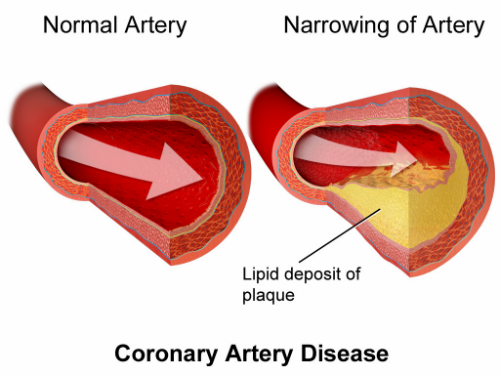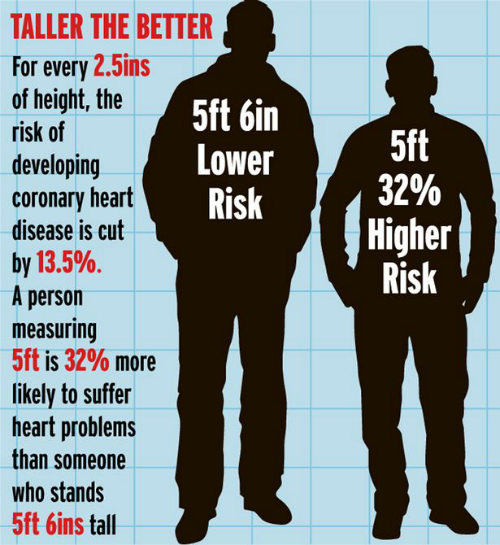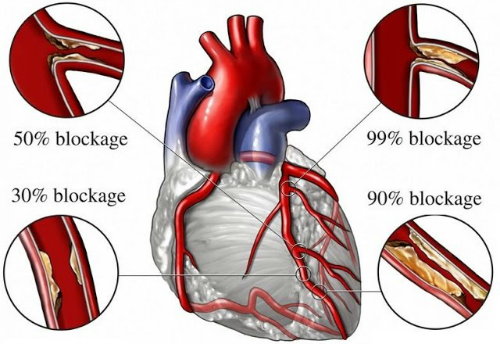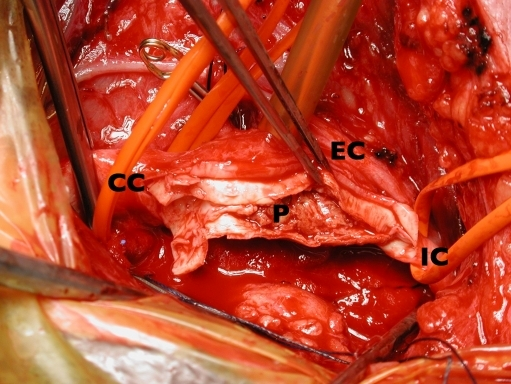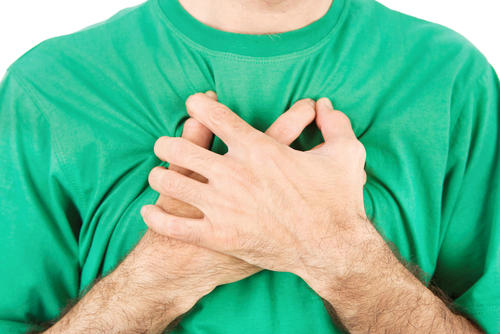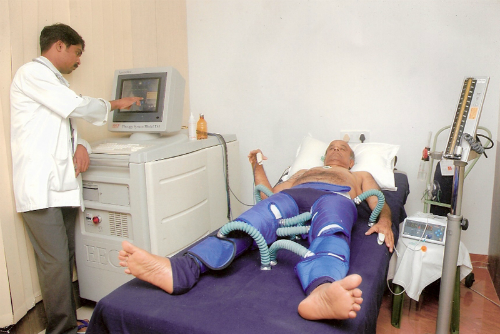Ischemic heart disease (IHD) aka coronary artery disease (CAD) has been ranked as the number one disease alongside lung disorders to cause the most number of deaths in India. But, what more disinteresting (for short people maybe) about this disease is the latest news published in New England Journal of Medicine about a scientific study by UK’s University of Leicester. It revealed that short heighted people are more likely to get exposed to the risk of ischemic heart disease.
Prof. Sir Nilesh Samani’s findings are evidential
Professor of cardiology Prof. Sir Nilesh Samani of British Heart Foundation explained, “For more than 60 years it has been known that there is an inverse relationship between height and risk of coronary heart disease,” at University of Leicester. Not just in India but around the globe, it is studied that the disease has been the main cause of premature deaths.
Previously, it was not yet distinct whether the risk is due to its direct relation with height or confounding aspects of childhood such as nutritional level, socioeconomic milieu, etc. However, it was recently evidentially proved by Prof. Samani and research team that it’s because of the primary relationship with shorter height and that confounding factors have no involvement.
Genetic data of 2,00,000 partakers was assessed
180 genetic variants from that (above) mammoth number of participants were enough to prove the “height-risk” connection. The report disclosed that the risk of ischemic heart disease got affected by 13.5% every time a 2.5 inch change in height was found. With a view to elucidate on this, an illustration was provided where 32% risk of the disease was posed on a 5 ft. participant compared to another with 5 ft. 6 inch height.
While gigantic numbers of genetic variants were recognized which determined height in the past few years, Prof. Samani adds his valuable explanation – “The beauty about DNA is that it cannot be modified by one’s lifestyle or socioeconomic conditions. Therefore, if shorter height is directly connected with increased risk of coronary heart disease, one would expect that these variants would also be associated with coronary heart disease and this is precisely what we found.”
Fat & cholesterol levels could be other factors
Associated to at least a third or less of the relation between height and ischemic heart disease, fat and cholesterol levels are explained to be other known risk factors as continued in the research. The research authors further elaborate that the remaining two thirds of the relation could be because of biological processes that define the development of height and ischemic heart disease association.
Prof. Samani presented an astute explanation to his findings
A shorter person would have proportionally smaller coronary arteries. This also explains that smaller people with similar level of plaque in their arteries (which reduces blood supply to the heart resulting into coronary artery disease) compared to taller individuals would have greater probability of the disease.
According to Prof. Samani, his findings underline the disease’s intricacy – “While our findings do not have any immediate clinical implications, better and fuller understanding of the biological mechanisms that underlie the relationship between shorter height and higher risk of coronary artery disease may open up new ways for its prevention and treatment.”
Symptoms of coronary artery disease
Some of the common signs and symptoms could be:
- Sweating
- Shortness of breath
- Faster heartbeat
- Nausea
- Palpitations including “flip-flop” feeling, skipped beats, or irregular heartbeats
- Dizziness or weakness
Having mentioned all these symptoms, angina or chest pain is known to be the most common one. While it is usually mistaken for heartburn or indigestion, angina is defined as the feeling of heaviness, fullness, pressure, numbness, or being squeezed.
Diagnosis of coronary artery disease
The doctor will be able to diagnose the disease using the following tests and examinations:
- There are some diagnostic tests like cardiac catheterization, electrocardiogram (ECG or EKG), electron beam (ultrafast) CT scans, exercise stress tests, etc. that aid the doctor to find the best type of treatment by assessing the level to which the disease has reached. Besides, they also help to evaluate effects on the functioning of your heart
- Thorough physical examination
- One-to-one interaction with you to find out the risk factors and symptoms and chart out your medical history
Treatment of coronary artery disease
While there are a number of innovative ways that the physicians are finding out to treat the disease, here are two very promising ones studied till date:
-
EECP:
Aka enhanced external counterpulsation, it is a great relieving technique for those patients who are not medically eligible for different surgeries and procedures and not aided by nitrate medications. It is basically an outpatient practice where the blood supply feeding coronary arteries is amplified with the help of treatment cuffs (which inflate and deflate) placed on the legs
-
Angiogenesis:
It involves the triggering of the formation of new blood vessels to bypass clogged blood vessels through the injection of genetic materials such as stem cells directly into the impaired heart tissue or via the vein
Other vital steps to treat the disease involves completing regular checkups with your cardiologist, taking medications in a timely and proper manner, inviting some lifestyle and diet changes, undertaking surgical and/or invasive procedures. See below:
-
Take help from medicines:
It is important for your heart to receive sufficient oxygen-rich blood and work more efficiently on a regular basis. Sometimes, making lifestyle changes is not enough to achieve these targets to keep your heart healthy, and this is where medications come into the picture. Your doctor will probably prescribe those medications which are specific to your heart problem and suitable for your body
-
Cut down risk factors:
Exercise is the number one recommendation for curbing any heart disease. However, it is always advisable to have a word with your doctor before enrolling into any exercise program. Secondly, you need to win over your addictions if you don’t want to die from a heart disease. It may sound a little harsh, but that’s the truth! Smoking, drinking alcohol, taking drugs, etc. are like a poison for your heart
-
Prevent risk with surgical procedures:
Stent placement, balloon angioplasty (PTCA), and coronary artery bypass surgery are some of the popular surgeries recommended for heart diseases, especially coronary heart disease. Although they do not entirely cure the disease, these procedures could certainly help to increase blood flow to the heart and prevent future risk of the disease by controlling risk factors


